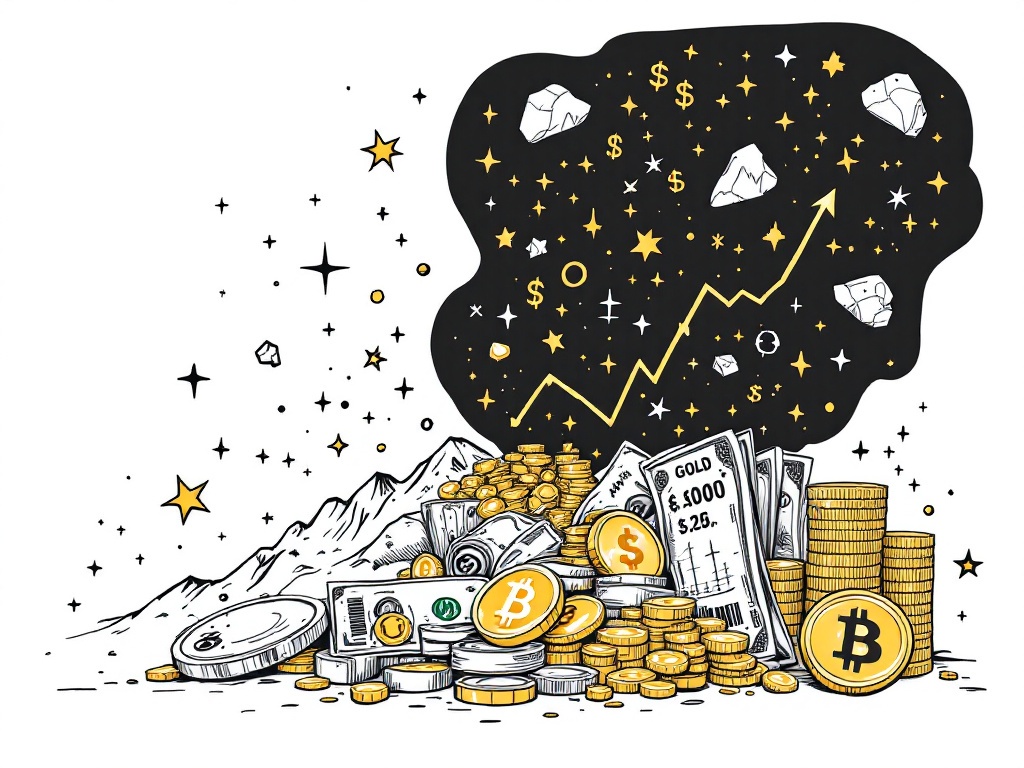Potential Bull Market for Critical Minerals as Global Economy Shifts

Global, Tuesday, 15 April 2025.
Experts Anthony Milewski and Christian Purefoy highlight a possible bull market for essential commodities like gold, copper, and nickel due to macroeconomic changes and rising rare earth demand.
Macroeconomic Shifts Driving Demand
The discussions by experts like Anthony Milewski and Christian Purefoy highlight an emerging potential bull market in critical minerals such as gold, copper, and nickel. This shift is driven by macroeconomic changes, including increased demand for rare earth elements amidst growing geopolitical tensions and trade uncertainties [1]. Published on 14 April 2025, The Oregon Group’s analysis underlines the long-term macroeconomic story influencing these commodities due to market volatility, tariffs, and export controls [2].
Geopolitical Factors and Market Volatility
The anticipated trajectory for critical minerals is influenced by geopolitics and market conditions. China, the dominant player in rare earth processing, recently imposed export restrictions on key minerals like Samarium and Terbium, further affecting global supply chains [3]. This aligns with China’s strategic moves to counter tariffs imposed by the Trump administration, which have already introduced significant volatility in global equity markets [4]. The impact of these restrictions is immediate, with export processes slowed due to prolonged government licensing processes, potentially disrupting industries dependent on these materials [5].
Global Responses and Strategic Alignments
In response to China’s dominance, countries like Saudi Arabia are positioning themselves as critical mineral hubs to diversify global supply sources. The U.S. supports these moves, seeing significant strategic value in reducing dependency on Chinese minerals. Peru, for example, has publicly endorsed U.S. policies aimed at empowering Saudi Arabia’s rise in the critical minerals market, reflecting a broader shift toward creating a more balanced and resilient global supply framework [6]. By establishing multiple processing hubs, nations aim to drive down costs and mitigate the risks associated with Chinese export controls [6].
Africa’s Strategic Potential
Africa holds substantial deposits of vital minerals such as platinum and cobalt, key to the electric vehicle sector and renewable energy technologies. However, the continent’s potential is hindered by its current raw material export model, which captures only a fraction of the value. Calls for investments in processing capabilities and the establishment of economic zones for mineral beneficiation are growing louder, reinforcing the need for Africa to harness its mineral resources fully [7]. The envisioned transformation would not only boost Africa’s economy but also serve as a catalyst for global supply chain decentralization [7].